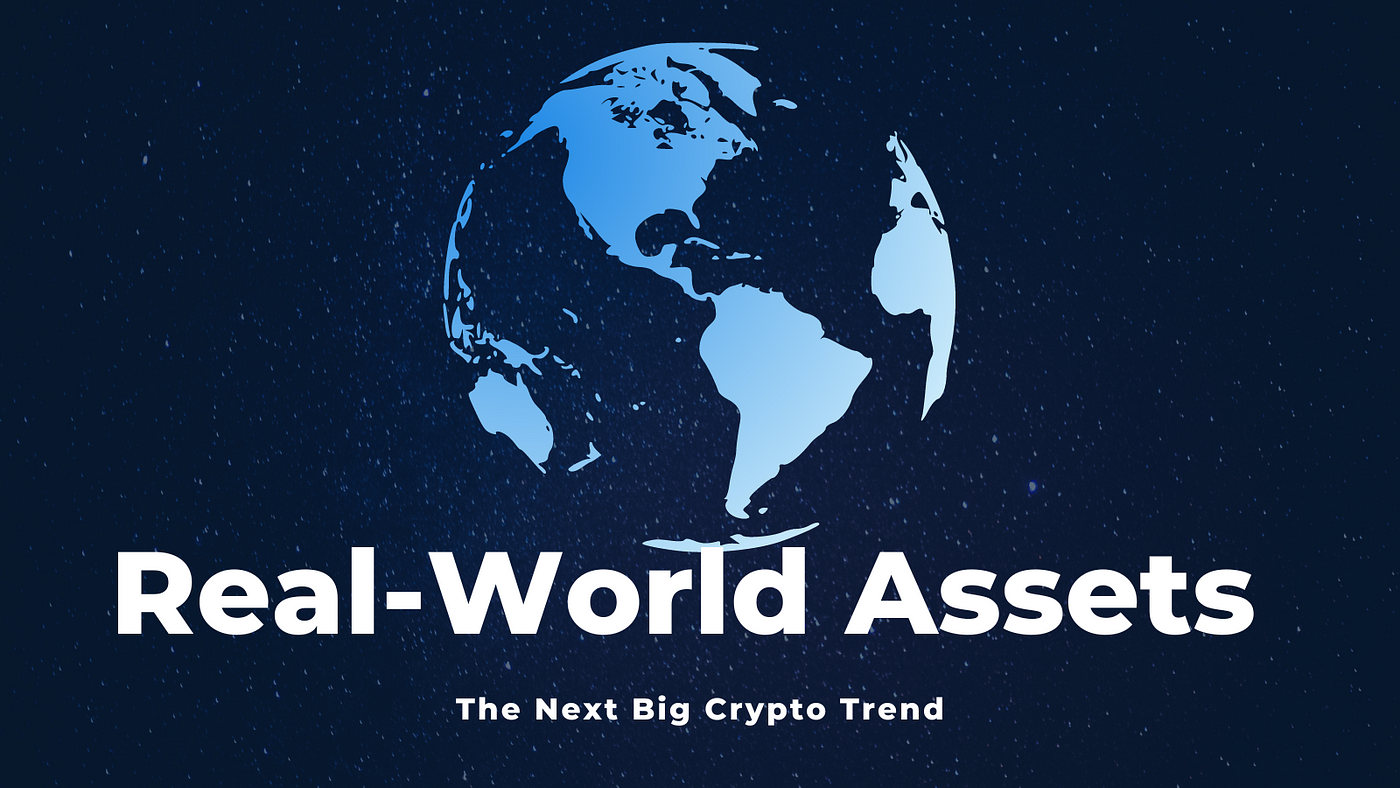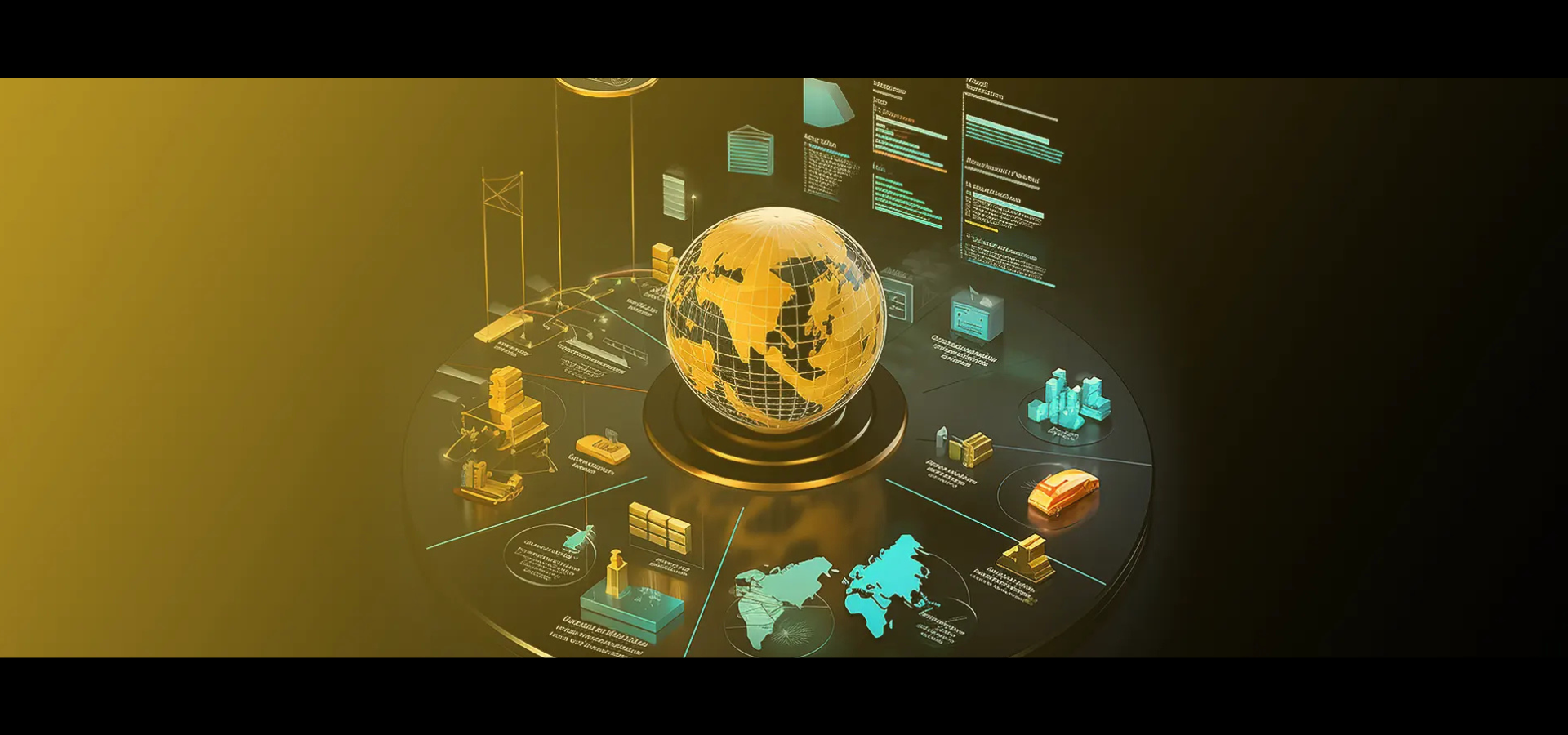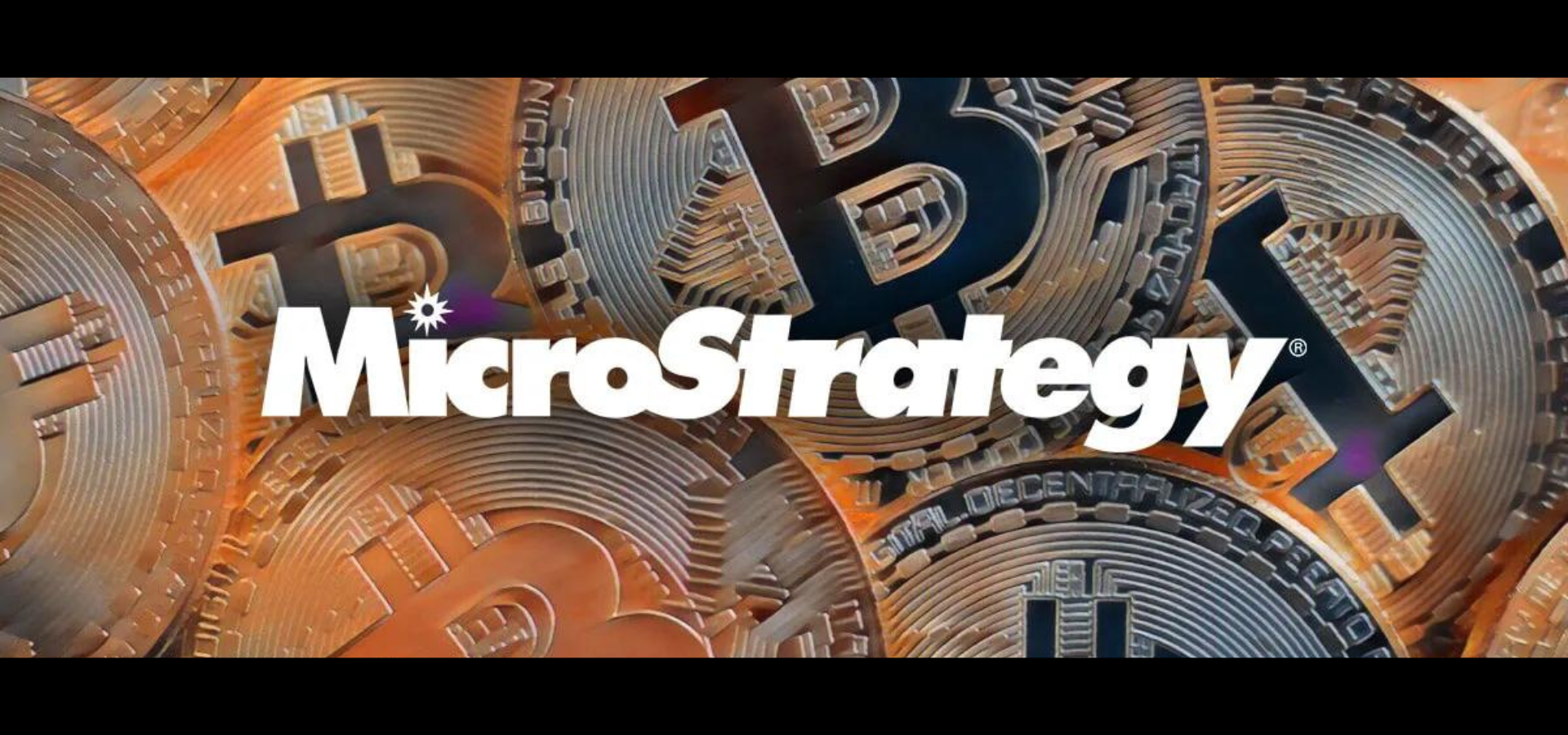Tokenization of Real-World Assets Set to Surpass $50 Billion in 2025
The tokenisation of real-world assets (RWA) is rapidly gaining traction, with industry estimates projecting the sector will surpass $50 billion in value this year. By integrating traditional financial assets like bonds, real estate, and private credit onto blockchain platforms, tokenisation offers new opportunities for efficiency, accessibility, and liquidity in finance.
Revolutionizing Traditional Finance
Tokenization allows financial institutions to represent real-world assets as digital tokens on a blockchain. This innovation enables fractional ownership, streamlined compliance, and 24/7 market access, fundamentally transforming the handling and trading of traditionally illiquid assets.
“RWA tokenisation has made significant progress in recent years. The key question for 2025 is how quickly global adoption will unfold,” said Moataz Elsayed, co-founder of the non-custodial wallet Okse.
The sector’s growth has been remarkable. The Tokenized Asset Coalition (TAC) reported that the total value locked in tokenized assets reached $176 billion in 2024, a 32% year-over-year increase. Non-stablecoin assets saw even more impressive growth, rising by 53%.
Institutional Backing and Expansion
Major financial institutions are driving the adoption of tokenized assets. BlackRock, the world’s largest asset manager, launched its tokenized fund in early 2024, followed by similar initiatives from Franklin Templeton and others. These efforts demonstrate the appeal of tokenization for high-value assets like treasuries, real estate, and private credit.
“BlackRock’s credibility is paving the way for other institutions to explore the RWA space,” said Jakob Kronbichler, CEO of Clearpool, a decentralized credit marketplace. Clearpool’s RWA-focused protocol, Ozean, onboarded over 368,000 unique accounts during its Poseidon testnet and processed $650 million in loans in Q4 2024 alone.

Projected Growth and Challenges
The potential for tokenization is staggering. Boston Consulting Group estimates that tokenized illiquid assets could reach $16 trillion by 2030, while Standard Chartered projects $30 trillion by 2034. However, significant challenges remain, including regulatory clarity and the need for robust on-chain infrastructure.
President-elect Donald Trump’s appointment of Paul Atkins, a blockchain advocate, to lead the U.S. Securities and Exchange Commission (SEC) is expected to provide a regulatory framework conducive to growth. Atkins’ background with Securitize, a tokenization specialist, is seen as a key factor in accelerating institutional adoption.
Broader Trends and Use Cases
Tokenized treasuries currently dominate the RWA space, accounting for $4 billion of the $15.2 billion in on-chain RWAs. However, other asset classes like real estate, private credit, and commodities are gaining traction. Luxury goods markets are also exploring tokenization, enabling fractional ownership of high-value items and broadening access to traditionally exclusive markets.
The integration of decentralized finance (DeFi) with tokenized assets is another growth driver. Innovations such as round-the-clock redemptions and peer-to-peer transfers make blockchain-based finance increasingly attractive to institutional investors.
Looking Ahead
The RWA market is poised for significant growth, with tokenized treasuries and stablecoins leading the way. Platforms like Clearpool and Base are building the infrastructure necessary to scale tokenization while addressing challenges like asset verification and regulatory compliance.
The convergence of tokenized RWAs with other emerging technologies, such as decentralized AI, signals the sector’s potential to reshape finance. By unlocking liquidity and enabling broader access, tokenization is setting the stage for a more inclusive and efficient financial system.




